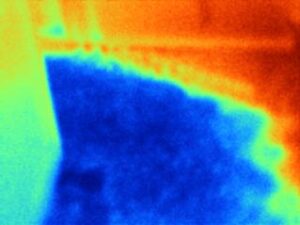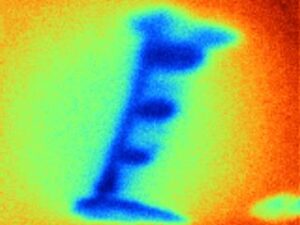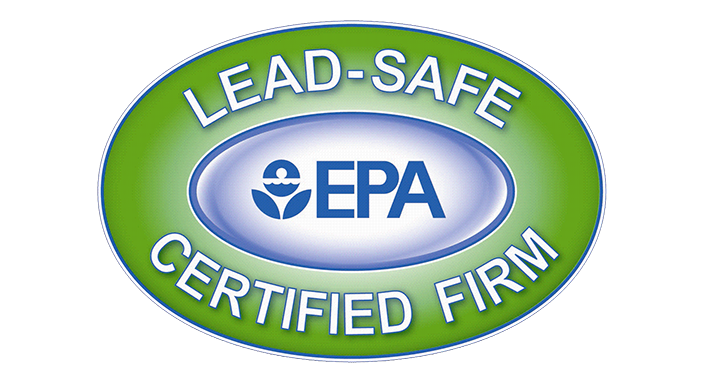Thermal imaging is used to find water leaks and hidden water damage. Thermal imaging cameras have come a long way. A few years a go, a basic camera could cost upwards of $20,000, and the images really weren’t that great. Now, with new technology, thermal imaging cameras have come way down in cost, allowing for more companies to be able to utilize them in water damage restoration and other fields.
Thermal imaging works by detecting hot and cold. Hot areas show up as red, and cold areas show up as blue. Areas that are wet will show as blue, or cold, because the moisture makes the materials cooler. The trick is knowing what materials are actually wet based on the images shown. Metal parts will give off a blue indication because metal is cold. A properly trained technician with a thermal imaging camera can help find water leaks, and can determine what areas have standing water. This is important when dealing with water damage to ensure that the wet areas are properly dried, and that all areas have been addressed.
Thermal Imaging
These images all show hidden water trapped in wall cavities. Using these pictures, our expert water damage professionals can determine what type of equipment is needed. Also, how much of it needs to be used to properly dry the walls and floors.


Thermal imaging can also help with other issues. It can detect leaks in the HVAC system, electrical shorts in the wall, and even animals trapped inside the walls.
When you hire a water damage restoration professional, insist that they use thermal imaging to find out where the trapped moisture is. Ensuring that it is properly dried. Also, check with the IICRC Institute of Inspection Cleaning and Restoration Certification before you hire a water damage restoration company, to ensure that they are properly trained and certified.




